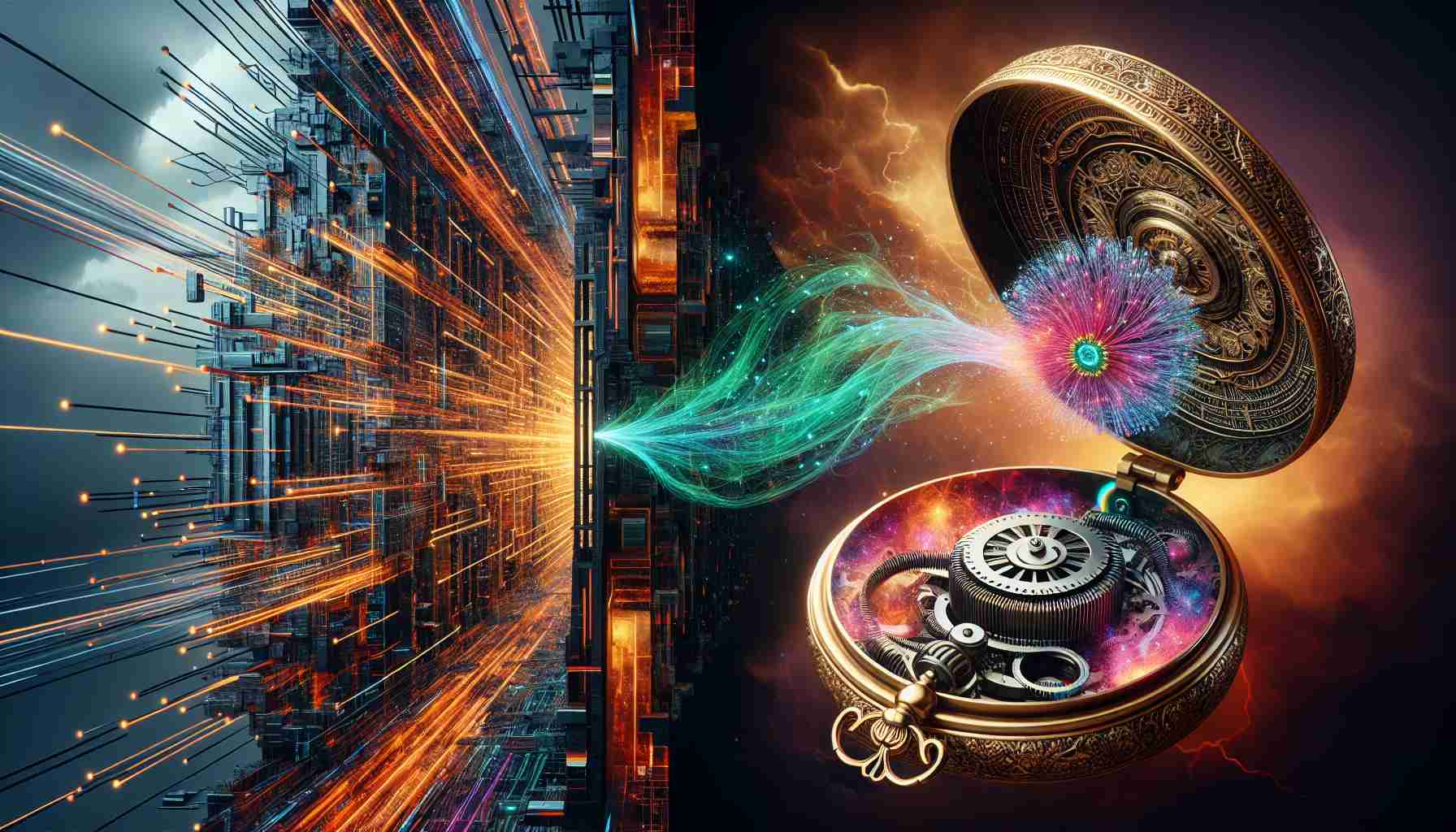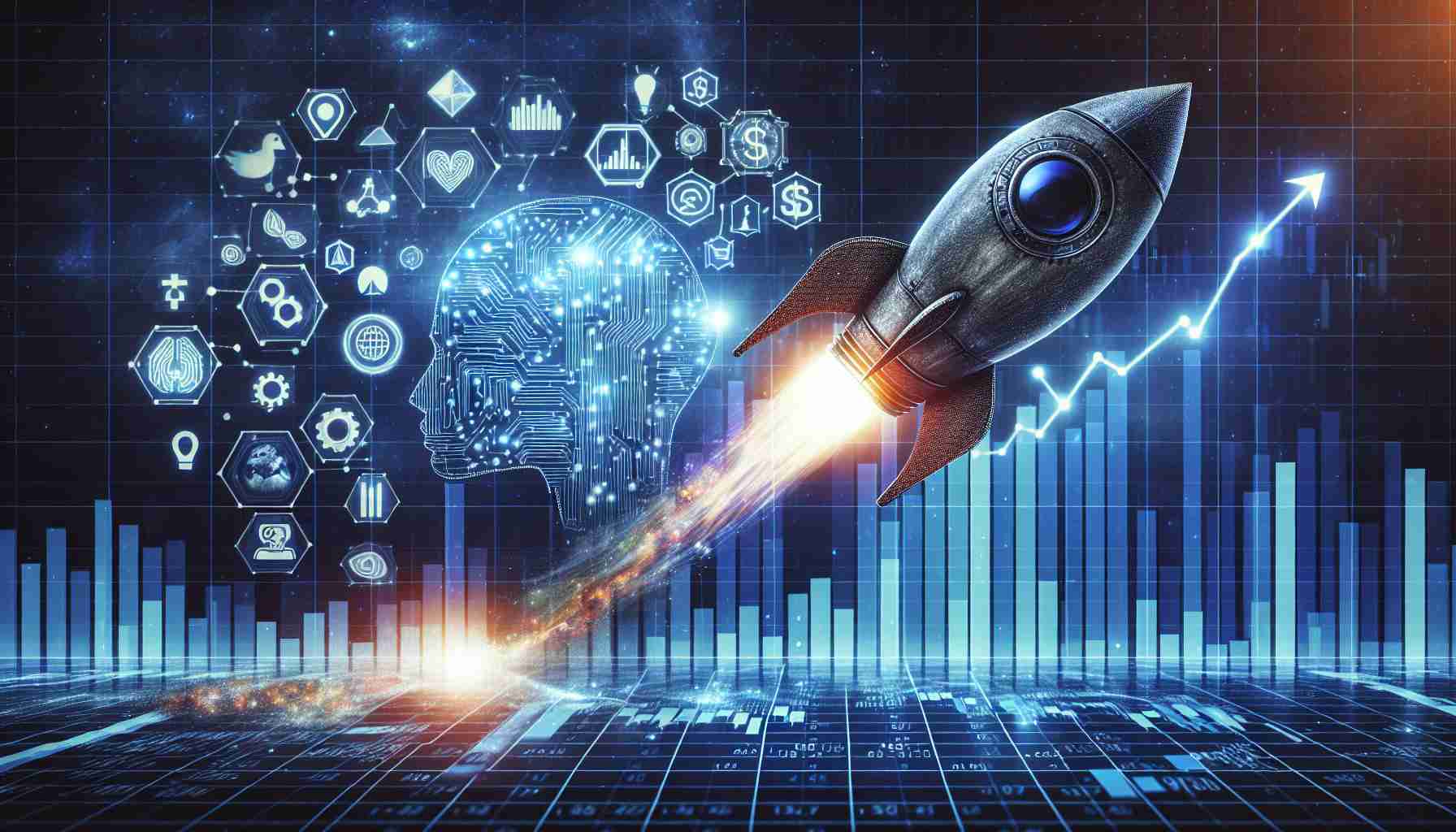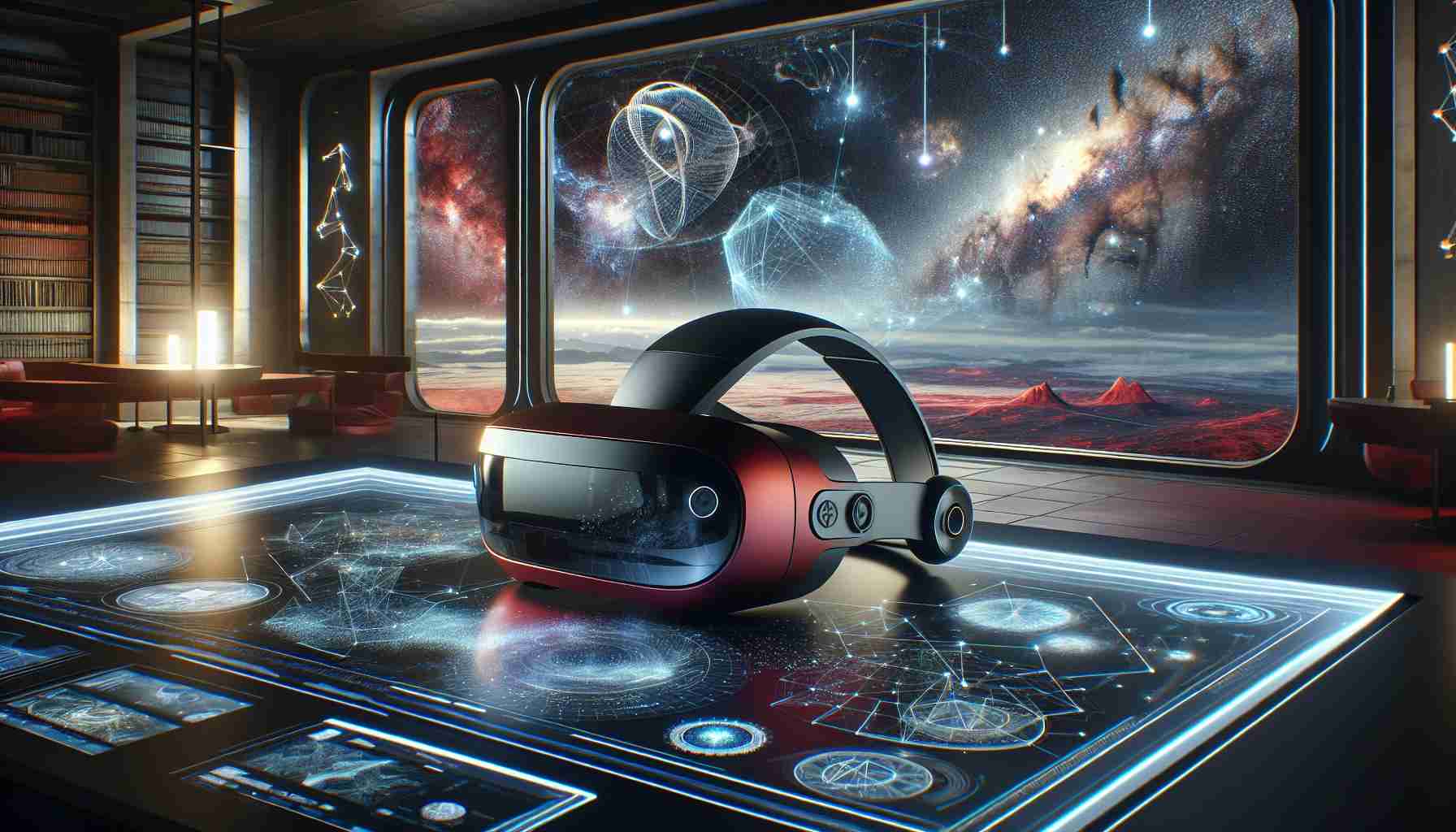Recent advancements in artificial intelligence have breathed new life into historical figures, captivating audiences around the world. A prominent social media influencer specializing in AI technology, named Alla, has created a fascinating video that imagines what well-known Ukrainians might look like if they were alive today.
For this intriguing project, Alla selected the portraits of five iconic personalities from Ukrainian history: Lesya Ukrainka, Volodymyr Sosiura, Taras Shevchenko, Roksolana, and the legendary Hetman Bohdan Khmelnytsky. Through the use of cutting-edge AI techniques, she meticulously reconstructed their images to create a compelling visual experience.
In her post, she shares her excitement about the project, highlighting the blend of technology and historical insight required to bring these legendary figures back to life. The video showcases unique moments, such as Lesya Ukrainka engaging with her manuscripts, Volodymyr Sosiura adjusting his glasses, and Taras Shevchenko waving to fellow Ukrainians. Roksolana is portrayed with a warm smile, while Bohdan Khmelnytsky dramatically raises his mace, as if rallying the spirit of the Ukrainian people.
This innovative use of AI not only pays tribute to these historical icons but also sparks curiosity about their legacies in modern times. The merging of technology with history serves as a reminder of the enduring impact these figures continue to have on the cultural landscape of Ukraine.
Reviving Historical Icons Through AI Innovation: A New Era of Cultural Preservation
Artificial intelligence is transforming the way we engage with history, allowing us to reimagine and revive historical figures in ways previously thought impossible. This exciting intersection of technology and culture presents a unique opportunity to blend historical accuracy with creative innovation, breathing new life into the legacies of iconic personalities.
One of the most significant questions surrounding the revival of historical figures through AI is: How accurately can AI represent these individuals while remaining respectful of their historical context? In the case of Ukrainian figures such as Lesya Ukrainka or Taras Shevchenko, the challenge lies not only in the visual accuracy but also in capturing their personality and contributions to society. The AI-generated recreations must consider the context of their eras, their values, and the implications of their actions, ensuring that modern representations do not distort their original significance.
Another critical question involves the ethical implications of using AI to recreate historical icons. Critics argue that such projects could oversimplify complex figures or commercialize their legacies for entertainment purposes. The debate intensifies when considering the cultural ownership of these historical icons. Who has the right to represent these figures, and in what context? As AI technologies become more accessible, these conversations will become increasingly important.
Among the key challenges faced in reviving historical figures through AI are the limitations of existing data and the potential for bias in AI algorithms. The quality and availability of historical records can greatly affect the AI’s ability to generate realistic representations. Moreover, if the datasets used to train AI systems are biased or incomplete, this can result in inaccuracies or reinforce stereotypes. Hence, a careful curatorial approach and comprehensive historical research must accompany the development of AI models to ensure ethical outcomes.
Despite these challenges, there are numerous advantages to using AI for cultural revival. Firstly, AI offers a powerful tool for accessibility, allowing broader audiences to engage with history. By creating visual content that resonates with contemporary sensibilities, AI can enhance appreciation for the contributions of historical figures in shaping modern society. Additionally, this technology can bring a new level of interactivity to historical education, encouraging younger generations to explore their heritage in innovative ways.
On the other hand, there are disadvantages to consider. The romanticization or dramatization of historical events through AI-generated imagery could lead to misconceptions among the public, particularly if viewers take these representations at face value without seeking deeper understanding. There is also the danger of commodification, where the allure of historical figures becomes another marketing tool, overshadowing the essence of their contributions.
Ultimately, the revival of historical icons through AI innovation is a powerful reminder of the intersection between culture, technology, and ethics. As we navigate this new frontier, it is essential to foster discussions around authenticity, representation, and the burdens of legacy. The potential for growth and exploration in this arena is vast, and it is a collective responsibility to ensure that history rewoven through AI honors the complexities of those who came before us.
For more insights on AI and cultural innovation, visit MIT Technology Review or Forbes.






















